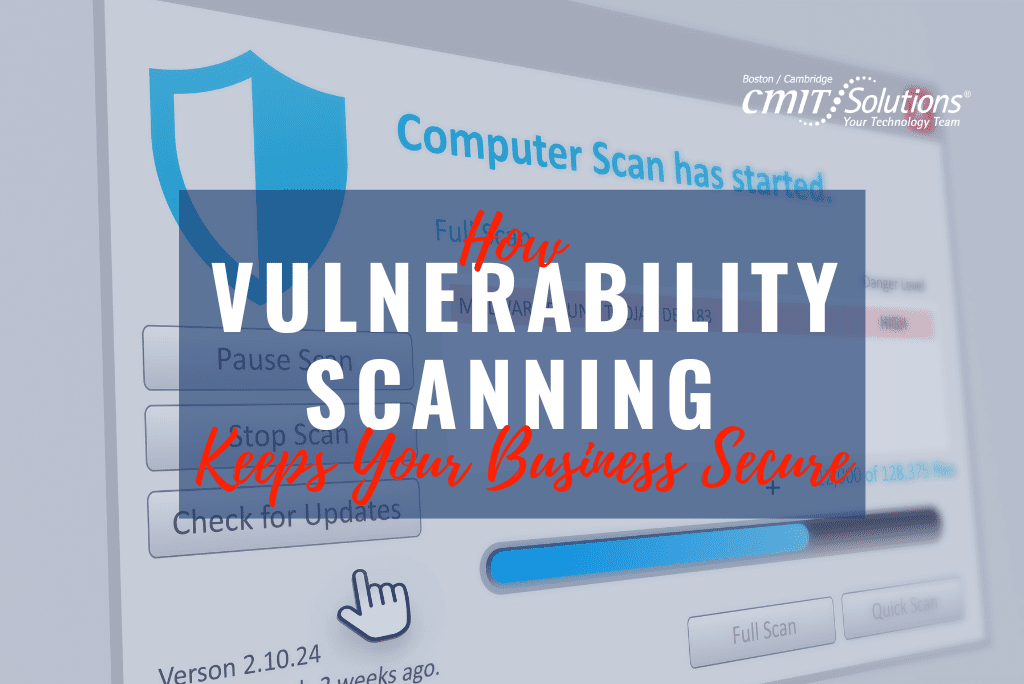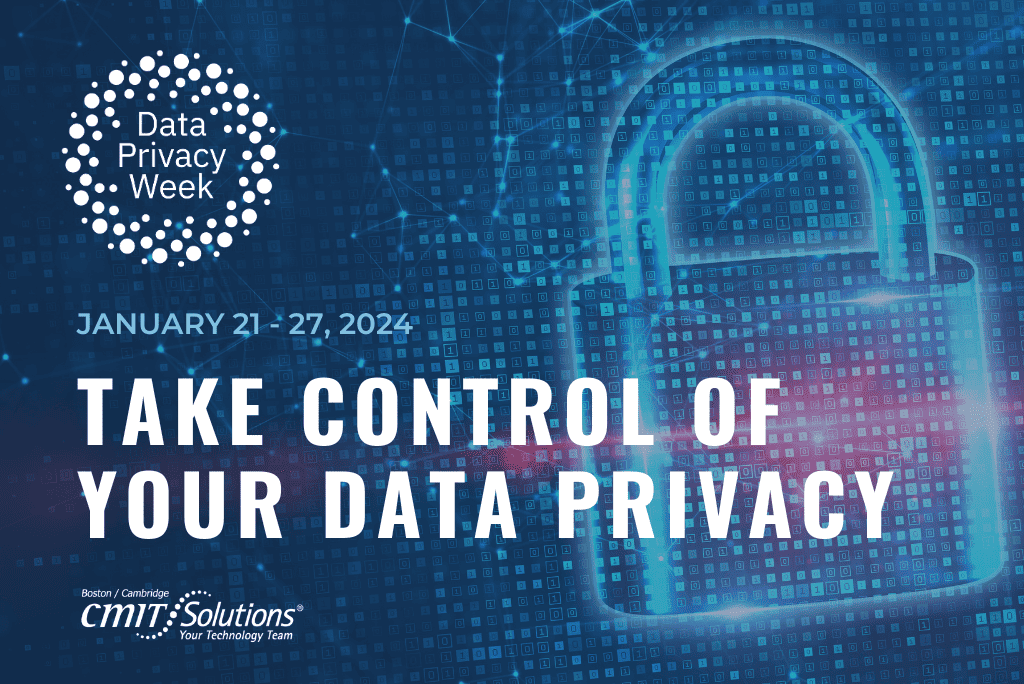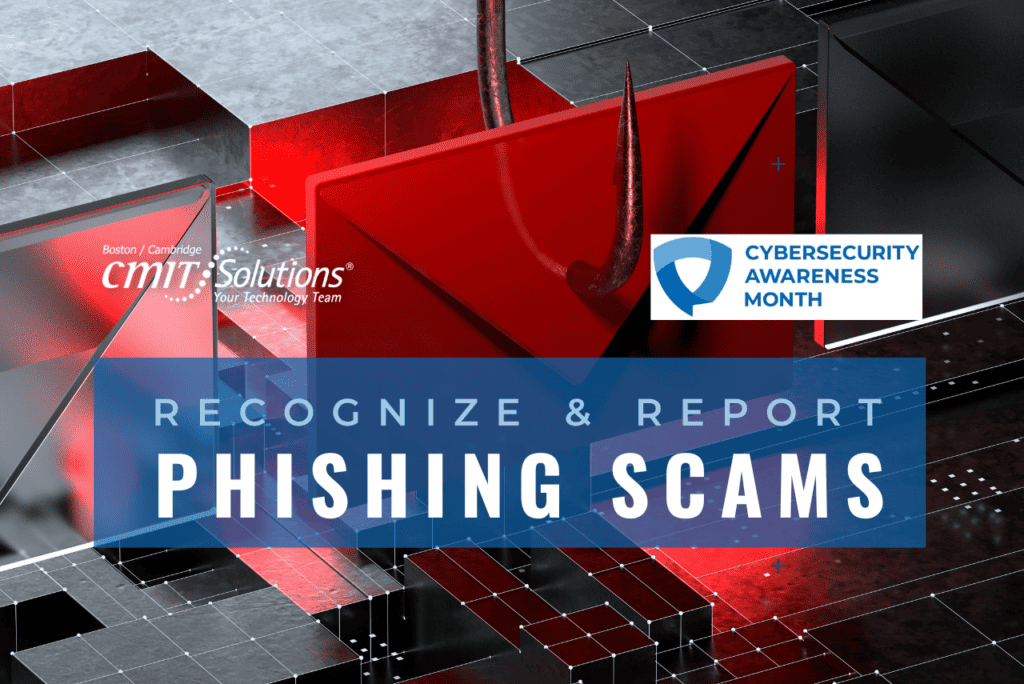In a world where cyber threats are evolving faster than ever, Zero-Trust Security offers a powerful shift from traditional perimeter-based defenses by assuming that no user or device can be inherently trusted – inside or outside the network. If you’re leading a business that prioritizes data security, understanding the Zero-Trust model isn’t just an option; it’s essential. This blog explores the key principles of Zero-Trust Security, its real-world applications, and how you can begin integrating its methods into your business.
What is Zero-Trust Security?
The Zero-Trust Security model starts with one critical premise: trust nothing, verify everything. Unlike traditional models that trust users or devices inside a network’s perimeter, Zero-Trust assumes that every attempt to access your network could be unauthorized or malicious. It requires strict identity verification, access controls, and continuous monitoring of activity.
CMIT ensures your security strategy follows federal standards and aligns our recommendations with NIST 800-207 Zero Trust Architecture. This security philosophy ensures that no user, device, or system is granted implicit trust. Every action is continuously authenticated and authorized, dramatically reducing the potential for data breaches.
7 Principles of Zero-Trust Security
Benefits of a Zero-Trust Security Model
Adopting Zero-Trust isn’t just a defensive move; it can act as a strategic advantage. Here’s how it benefits your organization:
- Stronger Protection: With real-time monitoring and least-privilege access, your business minimizes vulnerabilities.
- Regulatory Compliance: Meet complex requirements under frameworks like HIPAA, PCI DSS, and NIST with tailored security logs and restricted access policies.
- Support Remote Workforces: Securely enable employees to work from anywhere without compromising sensitive data.
- Enhanced Threat Detection: Rapid response times when threats appear reduce downtime and financial losses.
Implement Zero-Trust in Your Organization
You don’t need to achieve Zero-Trust overnight. A phased approach allows you to gradually adopt the framework and tailor it to your business needs. Here’s where to start:
Step 1. Map Your Assets
Identify your critical systems, data, and user groups. An inventory of assets helps you segment resources effectively and prioritize security efforts.
Step 2. Enable Multi-Factor Authentication
Strengthen access control by implementing MFA across your entire technology ecosystem. This step alone significantly reduces the risk of compromised credentials.
Step 3. Monitor Activity in Real-Time
Leverage tools like Security Information and Event Management (SIEM) systems and behavior analytics to monitor network activity continuously.
Step 4. Implement Micro-Segmentation
Divide resources into smaller, isolated segments to limit lateral movement. Even if one segment of your network is breached, other critical components stay protected.
Step 5. Train Employees
Human error remains one of the biggest security risks. Train your employees to identify phishing attacks, adopt strong password practices, and follow company guidelines for data security.
Step 6. Automate Security Policies
Integrate AI-driven solutions that adjust permissions, block access, or flag potential threats automatically. Automated responses ensure consistent protection without overly burdening IT teams.
The cybersecurity landscape is adapting rapidly, and so must businesses. By implementing Zero-Trust principles, you stay ahead of modern threats while protecting your data, customers, and employees. Is your business ready to take the leap? Start by assessing your current security model and identifying high-risk assets. With the right tools and practices in place, Zero-Trust can become the backbone of your enterprise’s cybersecurity strategy.
Written by: Chris Zambuto | Chief Information Security Officer @CMITBostonCambridge





